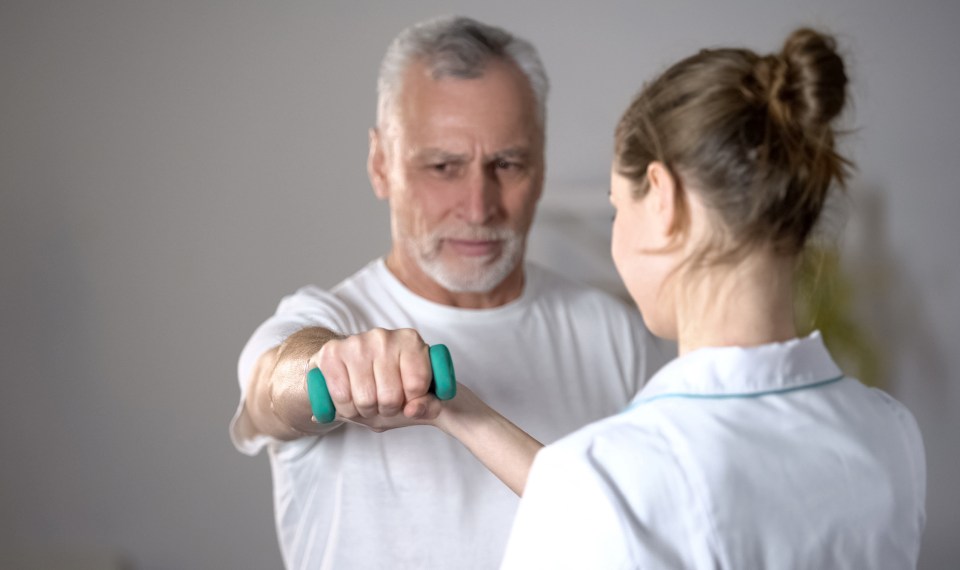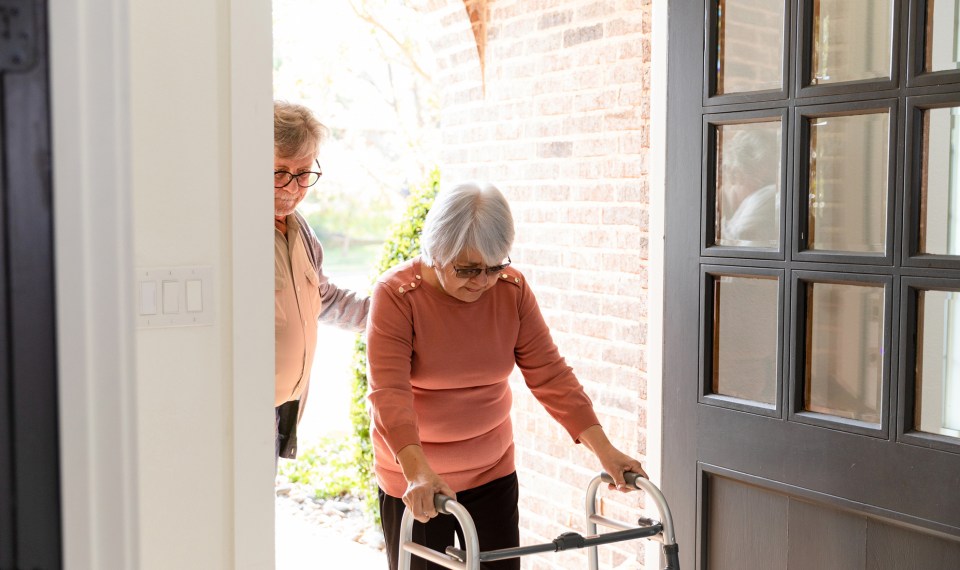A central component of the human body, the cardiac system sets the pace for the entire body. Made up of the heart and blood vessels, the cardiac system delivers important fuel—oxygen-rich-blood—to keep the body functioning efficiently.
When conditions such as heart disease, stroke or surgery impact the system, inpatient cardiac rehabilitation can make a difference in how well the body responds to treatment and help patients regain strength as they begin their recovery.
Who Can Benefit from Cardiac Rehabilitation Setting?
Patients currently in acute care hospitals who are medically stable but not yet ready to return home due to medical and therapy needs may be a candidate for inpatient cardiac rehabilitation.
Conditions treated in this setting include:
- Congestive heart failure
- Heart attack
- Bypass surgery
- Valve or pacemaker replacement
What is Cardiac Rehabilitation?
Typically, the term cardiac rehabilitation refers to a medically supervised program designed to improve your cardiovascular health if you have experienced heart attack, heart failure, angioplasty or heart surgery.
According to the American Heart Association, components of a cardiac rehab program typically include exercise and training to increase the function of your cardiac system, education for heart healthy living and counseling to reduce stress.
Why Choose Inpatient Rehabilitation?
At inpatient rehabilitation hospitals, registered nurses, many of whom specialize in rehabilitation, are available 24 hours a day, seven days a week. Rehabilitation physicians also see patients several times a week. This enhanced medical oversight means cardiac patients are continually monitored for signs of complications and medical staff is readily available should any chest pains or other symptoms arise during their stay.
In an inpatient rehabilitation setting, you will also receive both physical and occupational therapy three hours a day, five days a week. Your care team will help you set goals based on your living situation and lifestyle prior to your surgery.
What Does Treatment Look Like?
For patients following open-heart surgeries, sternal precautions are put in place by your surgeon to limit movement and help your sternum heal after the procedure. Precautions may include:
- Lifting no more than 5 to 8 pounds
- Limiting arm movement as much as possible, especially overhead, backward and to the side
- No pushing or pulling exercises
Inpatient rehabilitation can help patients learn to navigate these precautions while still performing daily activities such as bathing, eating, getting out of bed and chairs, going to the bathroom, grooming and more, while under the oversight of clinicians who monitor the patient’s vitals and overall function of the cardiac system.
Features of an inpatient rehabilitation program also include general strengthening, as the cardiac systems of these patients are often functioning at below 50 percent. Comprehensive patient and caregiver education is also a key component of your care plan, including education on diet. Dietitians not only create heart-healthy meal plans for cardiac patients, but they also educate patients and their caregivers on appropriate dietary considerations and the role diet plays in improving heart health.
The content of this site is for informational purposes only and should not be taken as professional medical advice. Always seek the advice of your physician or other qualified healthcare provider with any questions you may have regarding any medical conditions or treatments.



